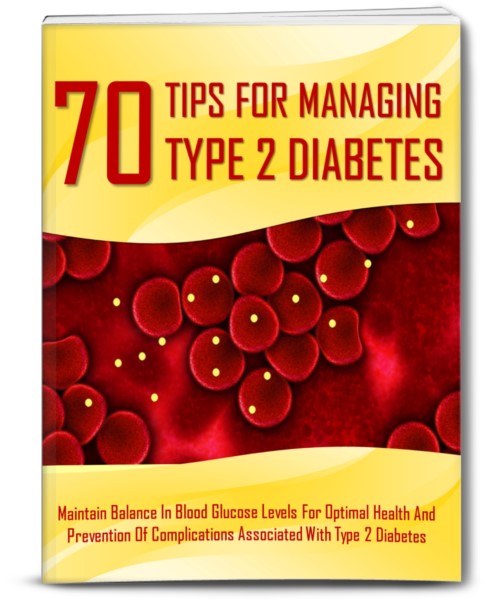Insulin Shock Versus Diabetic Coma
The proper treatment of diabetes is to keep the blood sugar within a normal range, approximately 80-180 mg/dL of glucose in the bloodstream. Most diabetics are fighting elevations in blood sugar with insulin, other medications for diabetes, diet, exercise and various alternative remedies. Unfortunately, even good treatment can go too far, leading to low blood sugar. High blood sugars and low blood sugars are equally dangerous and can lead to coma and death.
Too high blood sugar leads to possible diabetic coma. When the blood sugar reaches in excess of 600 mg/dL, you can become confused, thirsty, and nauseous, and can have frequent urination and a rapid heartbeat. Eventually, this will lead to coma and death. Emergency measures must be taken to bring the blood sugar down to restore blood glucose homeostasis.
Symptoms of diabetic coma
• Fatigue
• Frequent urination
• Shortness of breath
• Nausea and vomiting
• Rapid heartbeat
• Abdominal pain
• Fruity odor to the breath
• Dry mouth
• Coma
The flipside to high blood sugar and diabetic coma is low blood sugar or insulin shock. Blood sugars below 50 mg/dL can begin to cause uncomfortable symptoms, including the following:
• Fatigue
• Sweating
• Shakiness
• Feelings of hunger
• Nausea
• Rapid or irregular heart beat
• Trouble speaking
• Confusion
• Coma
As you can see, it may be difficult to identify whether or not the blood sugar is too high or too low. With the onset of any of the above symptoms, you need to check your blood sugar with a glucose meter and treat according to what the number says.
Causes of Insulin Shock and Diabetic Coma
Both insulin shock and diabetic coma are a result of blood sugars not being in the normal range. Insulin shock is primarily a problem in diabetics who take insulin or those with type 1 diabetes. You may take your insulin shot and forget to eat or you can exercise too much, burning up the sugar stores.
You can miscalculate the amount of insulin you should take. The blood sugar goes down with any of these conditions and insulin shock—coma caused by too little sugar reaching the brain—can occur.
Unfortunately, some diabetics have little awareness of the symptoms leading to insulin shock and can lapse into a coma relatively quickly. In such cases, emergency medical management by paramedics and/or doctors is necessary.
Too much blood sugar in the system is equally dangerous and is mainly found in type 1 diabetics who lack circulating insulin.
Type 2 diabetics generally have some insulin in their body; however, the cells are resistant to it and the blood sugar remains in the bloodstream. Severe type 2 diabetics can suffer from a worn out pancreas that doesn’t put out enough insulin, similar to the case in type 1 diabetes. Symptoms as described above, including coma can occur.
Managing Insulin Shock and Diabetic Coma
The goal for both of these conditions is to quickly bring the blood sugar back into the normal range. With insulin shock, this can be difficult because a person in a coma cannot simply take in oral sugar. Paramedics can give injections of glucagon to the unconscious patient to bring up the blood sugar. IV fluids containing glucose can be given to bring the blood sugar even further up. The patient will generally come out of their coma gradually and will then be able to eat a meal that can sustain the blood sugar levels.
In a diabetic coma, the patient has too much sugar and needs insulin to bring the sugar into the normal range. Medical attention is needed in the form of providing insulin. This medical emergency requires hospitalization and intravenous insulin to bring the blood sugar back into the normal range.
Diabetes is a serious disease, and requires medical attention and education in order to manage it and maintain normal blood sugar levels. Don’t wait until it’s too late to seek medical advice and learn how you can manage your blood sugars so you can live a long and healthy life.



































 Deutsch
Deutsch